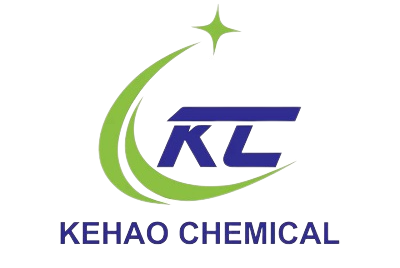Exporting Hydroxypropyl Methyl Cellulose (HPMC) without proper certifications can be risky. Many suppliers overlook crucial compliance, causing shipment delays or rejected orders. Knowing what certifications matter can save time and money.
For HPMC manufacturers, the right international certifications ensure product quality, regulatory compliance, and trust with global buyers. Certifications like REACH, ISO 9001, and SGS demonstrate adherence to safety, environmental, and quality standards. They are essential for smooth export operations and customer confidence.

HPMC Certifications
Exporting HPMC requires more than just manufacturing expertise. Buyers, regulators, and logistics partners expect documented proof that products meet international standards. Let’s explore which certifications matter, why they are crucial, and how to verify your supplier’s credentials.
Key International Certifications for Hydroxypropyl Methyl Cellulose Manufacturers
Exporters often ask: “Which certifications do I need to ensure my HPMC meets global standards?” Many international markets require compliance with environmental, safety, and quality standards to allow import without hurdles.
Key certifications for HPMC manufacturers include REACH, ISO 9001, and SGS testing. These demonstrate chemical safety, consistent quality management, and independent verification of product properties, helping suppliers meet import regulations and buyer expectations.
REACH (Registration, Evaluation, Authorization, and Restriction of Chemicals) ensures that chemicals sold in the European Union are safe for humans and the environment. ISO 9001 focuses on quality management systems, ensuring manufacturers maintain consistent product quality. SGS provides third-party testing and verification, confirming that HPMC meets international chemical and construction material standards.
| Certification | Purpose | Importance |
|---|---|---|
| REACH | Chemical safety and environmental compliance | Mandatory for EU market access, reduces legal risks |
| ISO 9001 | Quality management system | Ensures consistent quality, improves customer trust |
| SGS | Third-party product testing | Validates performance, safety, and reliability |
By obtaining and maintaining these certifications, manufacturers not only meet regulatory requirements but also build credibility with distributors, construction companies, and large-scale purchasers in Asia, Africa, and Europe. A certified supplier signals reliability and professionalism, reducing export delays and disputes.
Why Certifications Matter for Hydroxypropyl Methyl Cellulose Export Compliance
Many exporters underestimate the role of certifications in customs clearance and market acceptance. Without proper documentation, shipments can be delayed or rejected, causing financial losses and damaging reputation.
Certifications ensure HPMC complies with legal, environmental, and safety standards in target markets. They streamline customs processes, meet client demands, and prevent costly disputes or product recalls.
For example, when exporting HPMC to Europe, REACH compliance is mandatory. Customs authorities may request the REACH registration number or safety data sheets. Similarly, buyers in Africa and Southeast Asia often require ISO 9001 certification to ensure consistent quality. Certifications demonstrate that manufacturers follow international best practices, providing peace of mind to clients and regulators alike.
Failing to provide these documents may result in shipment delays, fines, or even contract termination. Therefore, certifications are not just bureaucratic paperwork—they are essential tools for successful global trade.
How to Verify Hydroxypropyl Methyl Cellulose Supplier Credentials
Choosing the right supplier is crucial. Many buyers rely solely on company claims, but verification is key to avoid quality and compliance risks.
Verifying HPMC supplier credentials involves checking certification documents, third-party testing reports, and compliance history. This reduces procurement risk and ensures products meet international standards.
To verify credentials, buyers should request:
- REACH registration documents – confirm chemical compliance for EU imports.
- ISO 9001 certificates – ensure the factory maintains a quality management system.
- SGS test reports – validate HPMC properties such as viscosity, water retention, and safety.
- Audit reports or factory visits – assess production practices and equipment.
- References from other clients – confirm reliability and delivery performance.
| Verification Step | Method | Outcome |
|---|---|---|
| Certification Check | Ask for official REACH, ISO 9001, SGS documents | Confirms legal and quality compliance |
| Factory Audit | On-site or third-party inspection | Assesses production capability and quality control |
| Test Reports Validation | Independent lab verification | Confirms product specifications and performance |
| Client References | Contact previous buyers | Confirms supplier reliability and professionalism |
By carefully checking these documents and conducting audits, buyers can avoid costly mistakes. For example, I once helped a client switch to a certified HPMC supplier after discovering discrepancies in viscosity tests, saving them potential rework on a 100-ton order.
Conclusion
Certifications are vital for HPMC export success. REACH, ISO 9001, and SGS documents ensure compliance, quality, and credibility. Verifying supplier credentials protects your business and ensures smooth international trade.



